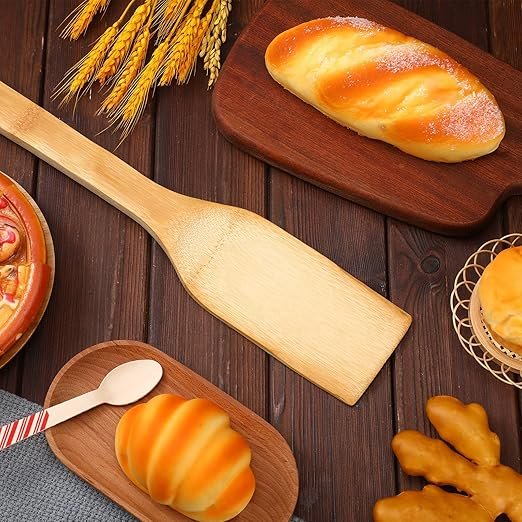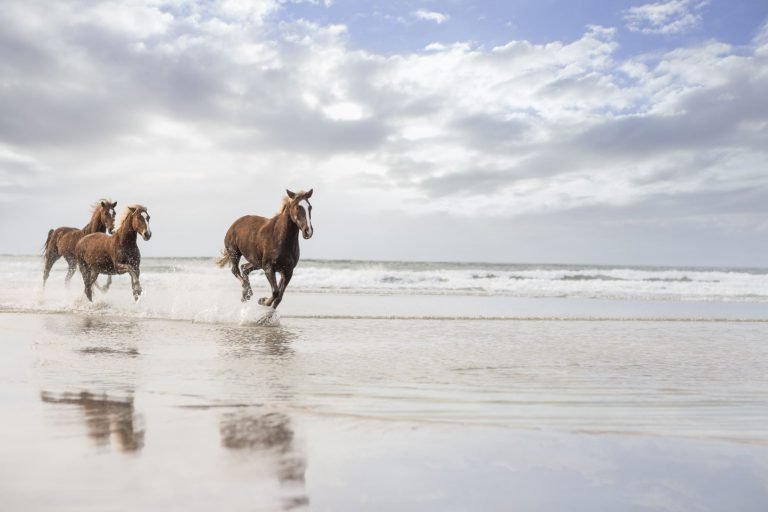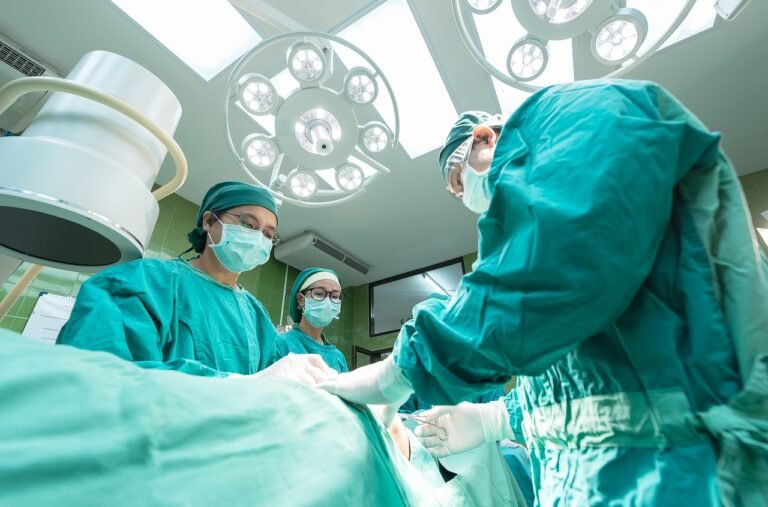
what is a paddle for cooking for
In the world of cooking, tools are just as important as ingredients. The right tool can make your cooking process smoother, more efficient, and even more enjoyable. Among the many kitchen tools that chefs and home cooks rely on, the cooking paddle is one that is often underappreciated but incredibly versatile. Whether you’re stirring, mixing, or sautéing, a paddle can be a game-changer. But, What Is a Paddle for Cooking for, and why should you care about having one in your kitchen?
What Is a Paddle for Cooking for?
A paddle for cooking is a flat, wide utensil designed to help you mix, stir, or serve food, often in large quantities or while using high heat. It typically features a long handle and a broad, flat head, making it ideal for stirring large pots or pans without splashing or burning your hands. The paddle is a workhorse in many kitchens, particularly in tasks involving large amounts of food or delicate cooking techniques.
Unlike spoons or spatulas, paddles have a larger surface area, which makes them suitable for mixing dough, flipping large quantities of food in a wok, or stirring heavy stews. These tools are built for durability and efficiency in a variety of cooking environments.
How Is a Paddle Different From Other Cooking Tools?
When it comes to mixing, stirring, or flipping food, a few different utensils come to mind, like spatulas, spoons, or whisks. But how does a paddle differ from these tools? Here’s a breakdown:
- Spatulas are often thinner and more flexible, designed for scraping, flipping, or folding. While they work well in delicate situations, they don’t have the broad surface needed for heavy-duty stirring or turning large batches of food.
- Spoons are great for serving or stirring, but they don’t have the flat surface required for scraping the bottom of large pots or flipping food like a paddle does.
- Whisks are ideal for aerating or stirring liquids but are ineffective for heavy-duty tasks like mixing dough or stirring large amounts of ingredients.
In contrast, the paddle’s broad, flat surface makes it perfect for tasks that require even, consistent stirring or flipping. It’s more robust and can withstand higher temperatures, making it a staple in any busy kitchen.
Why Should You Use a Paddle in Cooking?
Using a paddle in your cooking offers several advantages:
- Efficiency: A paddle allows for quick, smooth stirring, mixing, and flipping, which is especially helpful when working with large quantities of food or when you’re cooking under time pressure.
- Consistency: The large flat surface ensures that food is evenly stirred or turned. This can be crucial for tasks like mixing dough or making large batches of stir-fry.
- Safety: When working with hot oil or high heat, the long handle of a paddle keeps your hands at a safe distance from the heat source, preventing burns or splashes.
- Versatility: Paddles can be used in a variety of cooking techniques, from baking to stir-frying, and even for serving.
Common Types of Cooking Paddles
Cooking paddles come in several materials, each with its own set of benefits. Let’s look at some of the most common types:
- Wooden Paddles: These are classic and durable. They won’t scratch your cookware, and they’re great for non-stick surfaces. Wooden paddles are also heat-resistant, making them a favorite for cooking with hot liquids or stir-frying.
- Metal Paddles: These offer superior strength and are ideal for heavy-duty tasks, such as turning large amounts of food in a wok. Metal paddles are often made from stainless steel for easy cleaning and durability.
- Silicone Paddles: Silicone is a flexible material that is perfect for scraping the sides of bowls or pans. Silicone paddles are heat-resistant, gentle on non-stick cookware, and easy to clean.
- Plastic Paddles: These are lightweight and affordable, though they may not be as durable or heat-resistant as wood or metal.
How to Use a Paddle in the Kitchen
Using a paddle effectively in the kitchen is straightforward, but there are a few tips to keep in mind for optimal results:
- Stirring: When stirring thick mixtures or dough, use the flat side of the paddle to scrape the sides of the bowl or pan. This ensures that no ingredients get left behind.
- Flipping: For cooking in a wok or skillet, use the paddle to gently flip ingredients without disturbing their texture. A firm, quick movement works best to avoid splashing hot oil.
- Serving: Use a paddle to serve food from large pots or pans without making a mess. It’s especially helpful for serving stews, soups, or anything with a lot of liquid.
Paddle for Cooking in Baking
Baking is one area where paddles truly shine. When working with dough or batter, you need something that won’t break or bend under the weight of the ingredients. A sturdy paddle makes mixing dough easier, particularly for bread-making or when preparing large quantities of batter for cakes and muffins.
The broad surface area of a paddle allows you to mix ingredients thoroughly without overworking the dough, ensuring a light, fluffy texture every time.
The Paddle’s Role in Stir-frying and Sauteing
In high-heat cooking methods like stir-frying or sautéing, a paddle proves invaluable. The long handle keeps your hands safe, while the flat head makes it easy to move ingredients around in the pan or wok. This helps achieve that perfect sear without burning your food.
The Importance of Paddle Size and Shape
When choosing a paddle, size and shape matter. A larger paddle will help with bigger batches of food, while a smaller paddle offers better control when working with smaller quantities. The shape of the paddle also plays a role: rounder paddles are great for mixing and stirring, while flatter paddles are better for flipping or serving.
Maintaining and Caring for Your Paddle
To keep your paddle in top condition, regular cleaning and proper storage are essential. Wooden paddles should be washed by hand and occasionally treated with oil to maintain their finish. Metal and silicone paddles are typically dishwasher-safe but should be checked for any loose parts or damage.
Paddle for Cooking in Asian Cuisine
In Asian cuisine, particularly in stir-fry dishes cooked in a wok, paddles are an essential tool. The curved shape of the wok means you need a long, sturdy paddle to reach all the ingredients and ensure even cooking. Paddles are used not only for stirring but also for scraping up flavorful bits stuck to the pan.
The Environmental Impact of Cooking Paddles
With sustainability becoming more of a priority, many people are opting for eco-friendly cooking paddles. Look for paddles made from sustainable wood, recycled metals, or BPA-free plastics. Choosing a durable paddle can reduce the need for replacements and minimize waste.
Common Mistakes When Using a Paddle
To avoid damaging your paddle or your cookware, steer clear of these common mistakes:
- Overheating: Metal paddles can become very hot, especially if left in the pan for too long. Be mindful of their temperature.
- Using the wrong paddle: A wooden paddle isn’t ideal for high-heat cooking in a wok, and a silicone one may not hold up well with thick dough. Choose the right tool for the task at hand.
Where to Buy Quality Cooking Paddles
When shopping for a cooking paddle, look for brands known for their quality, such as OXO, Cuisinart, or Lodge. Make sure the paddle fits comfortably in your hand, is made from durable materials, and suits your cooking style.
Conclusion
What Is a Paddle for Cooking for is often an overlooked yet indispensable tool in the kitchen. Whether you’re stirring, mixing, flipping, or serving, they provide the perfect balance of efficiency and control. Their broad surface area, combined with their durability and versatility, makes them a must-have for various cooking tasks, from baking and stir-frying to handling large batches of food.
When choosing the right paddle, consider factors like material, size, and shape to ensure it matches your cooking style and needs. Whether you opt for a wooden paddle for its traditional feel, a silicone one for delicate non-stick surfaces, or a sturdy metal paddle for heavy-duty tasks, selecting the right one will help elevate your cooking experience. With the right paddle in hand, you’ll find that cooking becomes more efficient, enjoyable, and even safer.
FAQs About What Is a Paddle for Cooking for
- What is the best material for a cooking paddle?
- It depends on the task. Wood is great for gentle stirring, metal for heavy-duty cooking, and silicone for non-stick surfaces.
- Can I use a paddle for frying?
- Yes! Paddles are perfect for flipping ingredients in hot oil or stir-frying.
- Is a paddle the same as a spatula?
- No, paddles are larger and broader, making them better for stirring large amounts of food.
- How do I clean a wooden paddle?
- Wash by hand with mild soap and water. Occasionally rub with mineral oil to maintain its quality.
- Are there eco-friendly paddles available?
- Yes, many paddles are made from sustainable wood, recycled materials, or BPA-free plastics.







